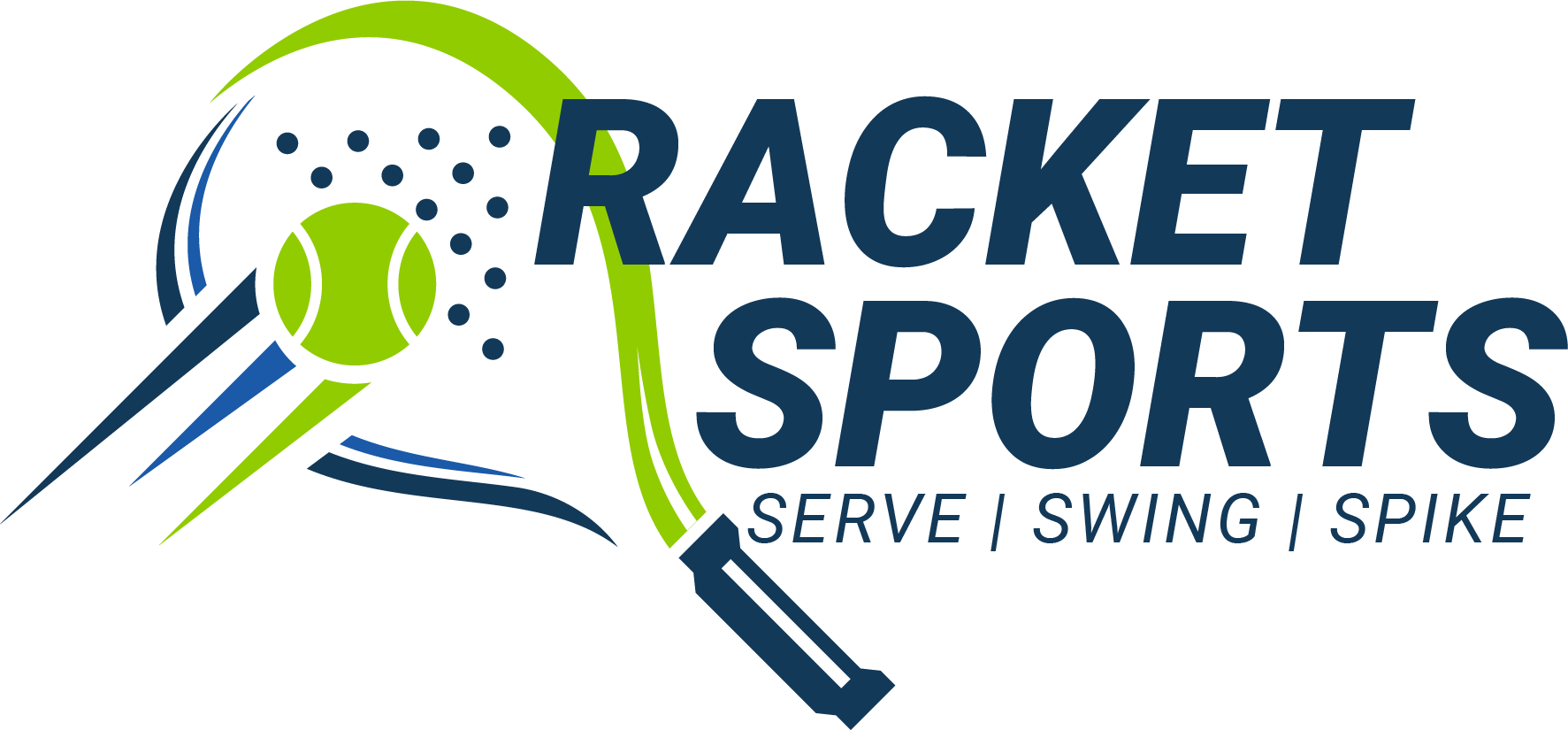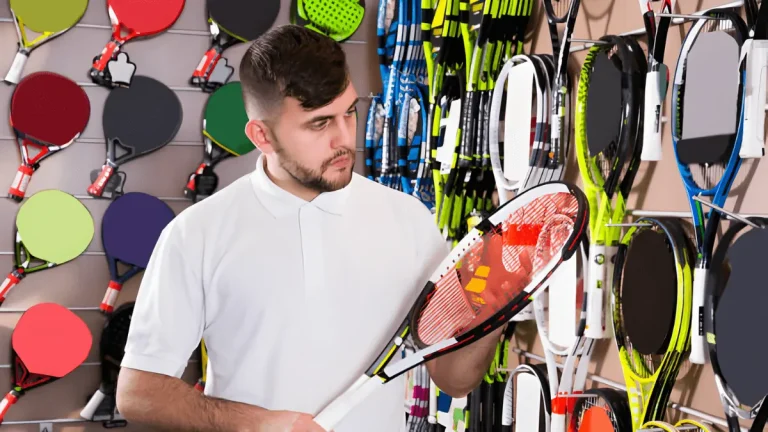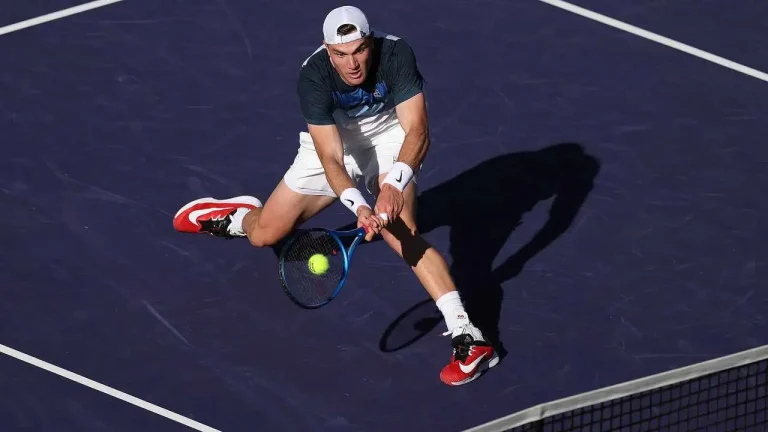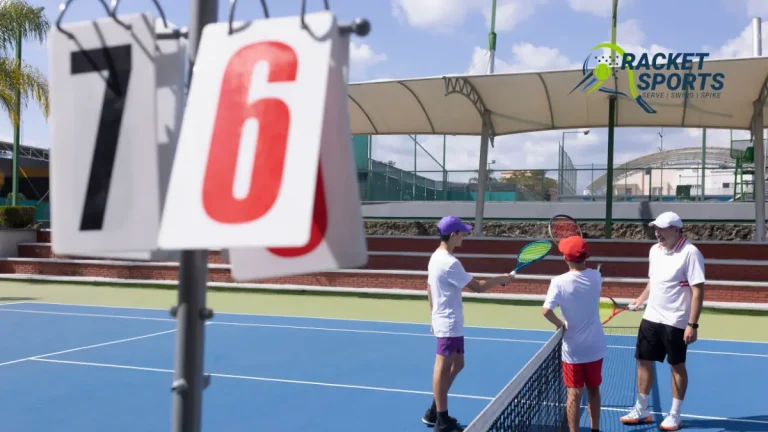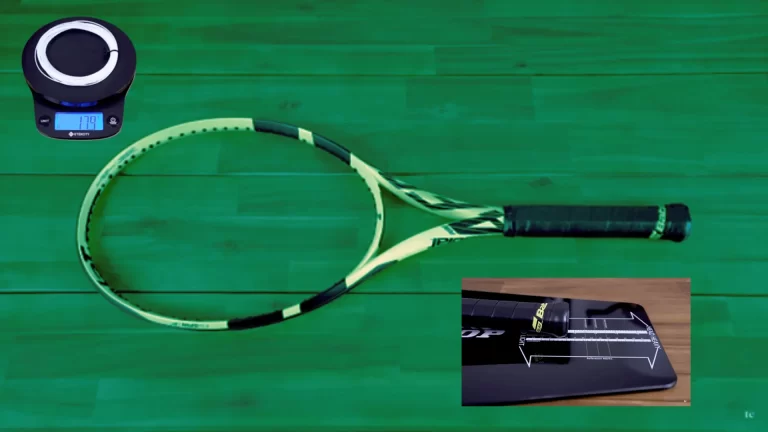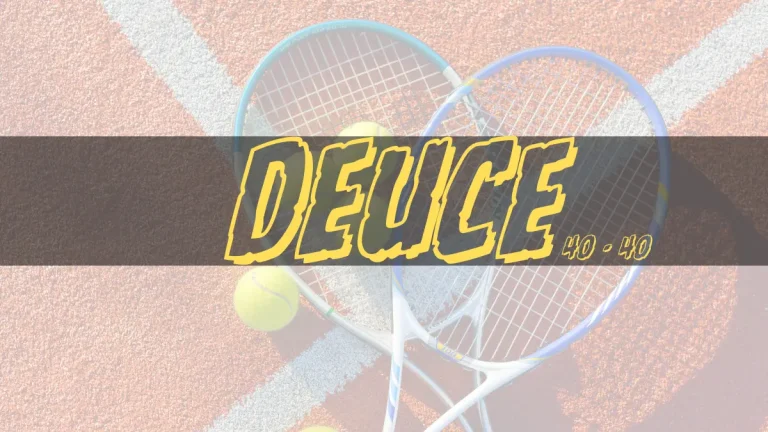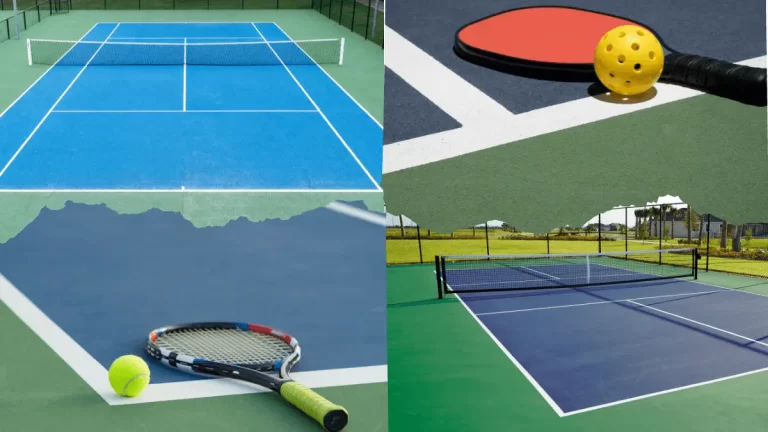Kick Serve in Tennis: 7 Pro Steps to Spin & Control 2025
The kick serve is one of the most effective and versatile serves in tennis. It combines spin, height, and unpredictability, making it a valuable weapon for players at all levels. If you want to keep your opponents on their toes and gain a competitive edge, learning the kick serve is essential.
This guide will walk you through the key steps to mastering the kick serve, from grip correction to racquet release. Whether you’re a beginner or an advanced player looking to refine your serve, these insights will help you develop a consistent and powerful kick serve.
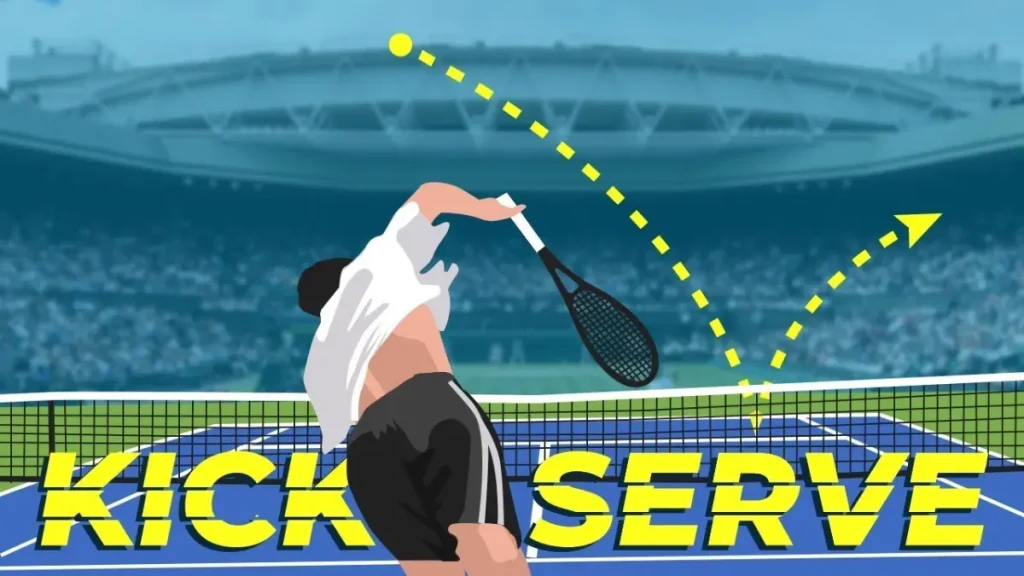
What is a Kick Serve?
A kick serve in tennis is a serve with heavy topspin that causes the ball to bounce high and curve sideways. Unlike a flat or slice serve, the kick serve is designed to add extra spin, making it harder for opponents to attack.
Benefits of a Kick Serve
- Higher Bounce: Forces opponents to adjust their return position, making it difficult to attack.
- Increased Spin: Provides greater control and reduces errors.
- Safe for Second Serves: Helps minimize double faults by adding margin over the net.
- Unpredictability: The ball’s spin and bounce make it harder for opponents to anticipate and return.
- Effective on Clay Courts: The high bounce makes it especially useful on slower surfaces like clay.
Read More: Master the Tennis Banana Shot Like Nadal | Pro Tips 2025
Step-by-Step Guide to a Perfect Kick Serve
Step 1: Grip Correction
Using the correct grip is crucial for generating spin. The continental grip or eastern backhand grip allows for proper wrist action and brushing motion.
Hold the racquet as if you’re shaking hands with it, ensuring a firm but relaxed grip. A grip that’s too tight will reduce racquet head speed and spin potential. Keeping your fingers slightly spread apart can help improve control and flexibility in wrist movement, which is essential for adding spin.
Step 2: Adjust Your Toss
The toss should be slightly behind your head and to the left (for right-handed players). This positioning allows you to brush up on the ball instead of hitting through it.
A toss too far in front will force a flat or slice serve, making it hard to generate topspin. Keep your tossing arm relaxed and extend it fully to maintain consistency. Practicing toss placement without swinging can help you develop muscle memory and improve accuracy.
Read about: No Man’s Land or Dead Zone in Tennis
Step 3: Body Rotation
Body rotation is key for generating power and spin. As you toss the ball, turn your shoulders and hips away from the net while keeping your tossing arm extended.
This coiling motion stores energy, which is then released as you swing. Make sure your weight is slightly on your back foot before driving forward. Avoid rushing the rotation—smooth and controlled movement will produce a more effective kick serve.
Step 4: Strong Back Leg Drive
A powerful leg drive adds height and spin to your serve. Bend your knees and push off with your back leg as you swing.
The upward motion of your legs should coordinate with your arm movement to maximize topspin. Players who don’t use their legs enough often struggle to get the desired bounce. Practicing knee bends and explosive jumps can help build the necessary strength and movement pattern.
Step 5: Body Position at Contact
At contact, your racquet should be brushing up the back of the ball rather than hitting it flat. This creates the necessary topspin.
Your contact point should be above your head, slightly to the left. Keep your arm fully extended, and focus on an upward and diagonal swing path. Players who drop their elbow too early tend to lose spin and control, so ensure a strong follow-through.
Step 6: Throw the Racquet Edge
As you swing, lead with the edge of your racquet before pronating through contact. This helps generate the necessary spin and avoids excessive wrist strain.
The motion should feel like you’re throwing your racquet upward, with the edge slicing through the air first. A fluid, edge-first movement enhances racquet acceleration and spin production.
Step 7: Release Your Racquet Up
A proper follow-through is essential for consistency. After brushing the ball, finish your swing high and allow your racquet to release naturally.
Avoid stopping your motion abruptly. Instead, let your racquet travel upward and slightly to the left. A full, relaxed follow-through ensures maximum spin and reduces unnecessary tension on your shoulder.
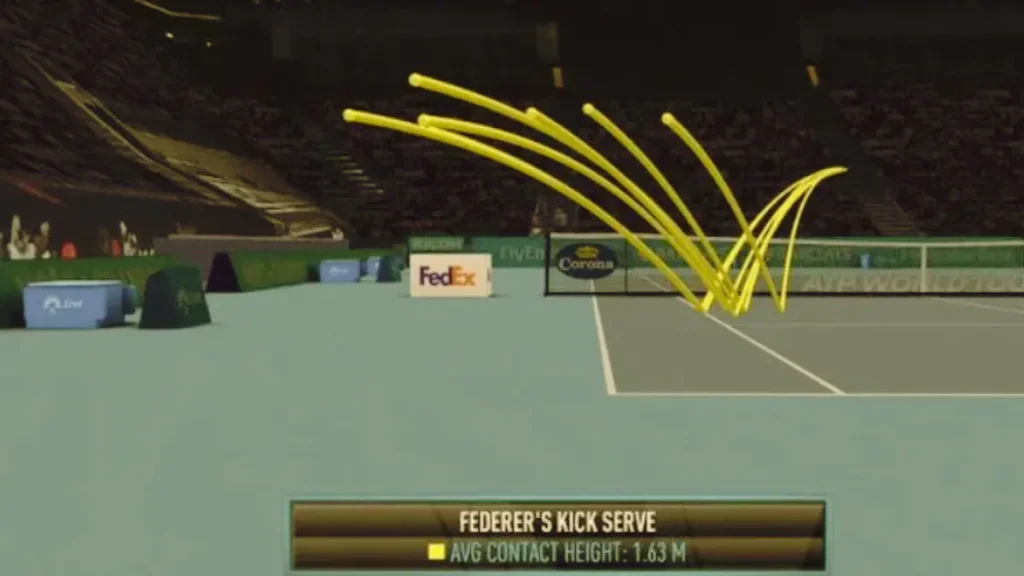
Best Tennis Gear to Master the Kick Serve
Enhancing your kick serve requires the right equipment to maximize spin, control, and power. Below are some top-rated tennis gear items that can help you master the kick serve:

Wilson Clash 98 v2 Tennis Racquet
Known for its flexibility and stability, the Wilson Clash 98 v2 offers a unique blend of control and power, making it ideal for players focusing on spin-intensive shots.
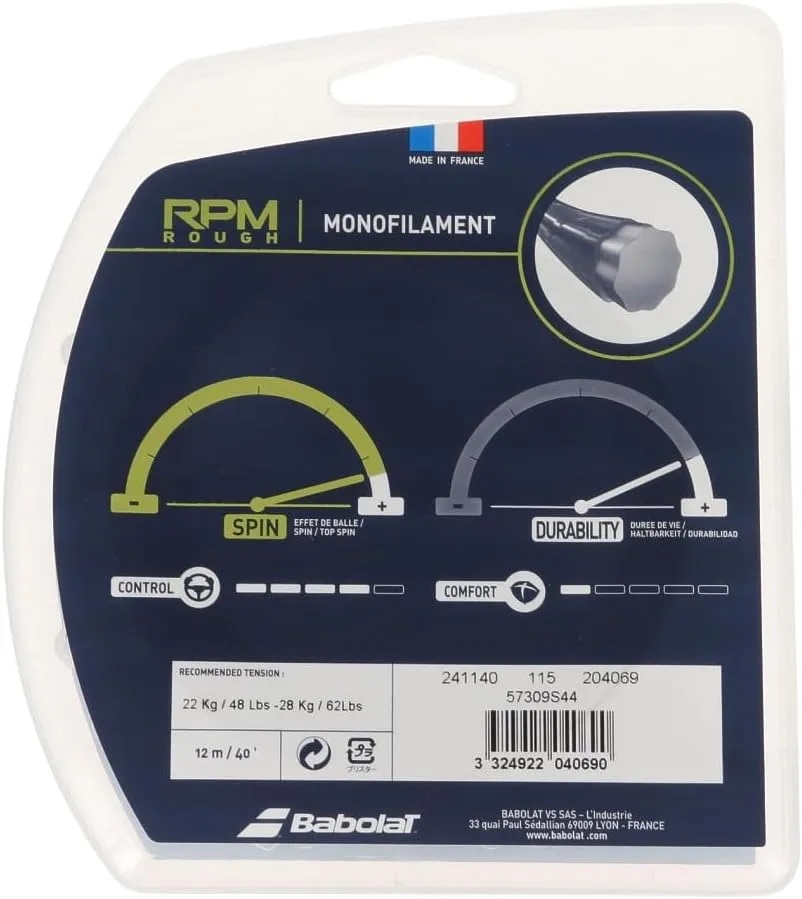
Babolat RPM Rough Spin Max Tennis String
Designed with an octagonal structure and rough texture, this string enhances ball rotation, providing exceptional spin potential crucial for an effective kick serve.
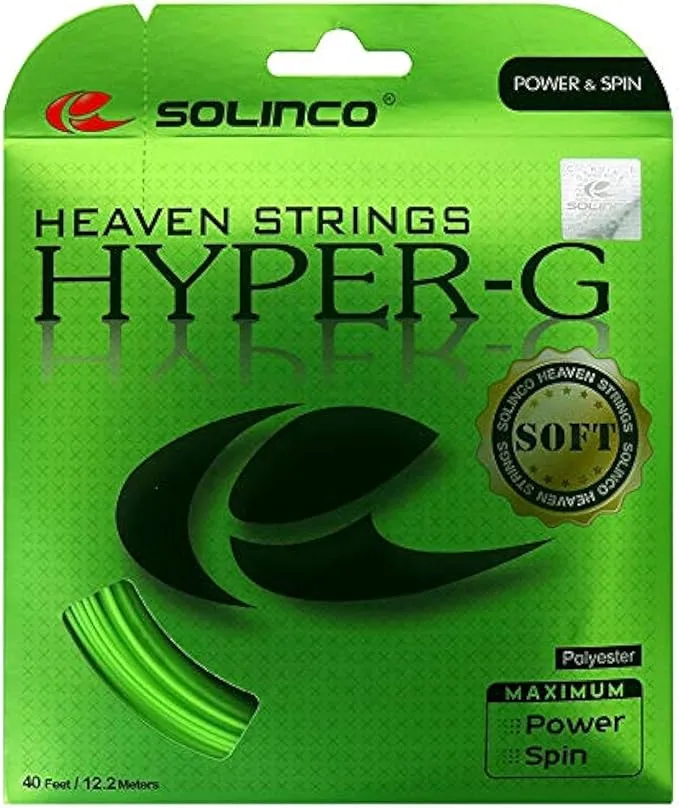
Solinco Hyper-G Soft Tennis String
A high-performance polyester string designed to generate maximum power and spin, offering improved tension maintenance and durability for consistent kick serves
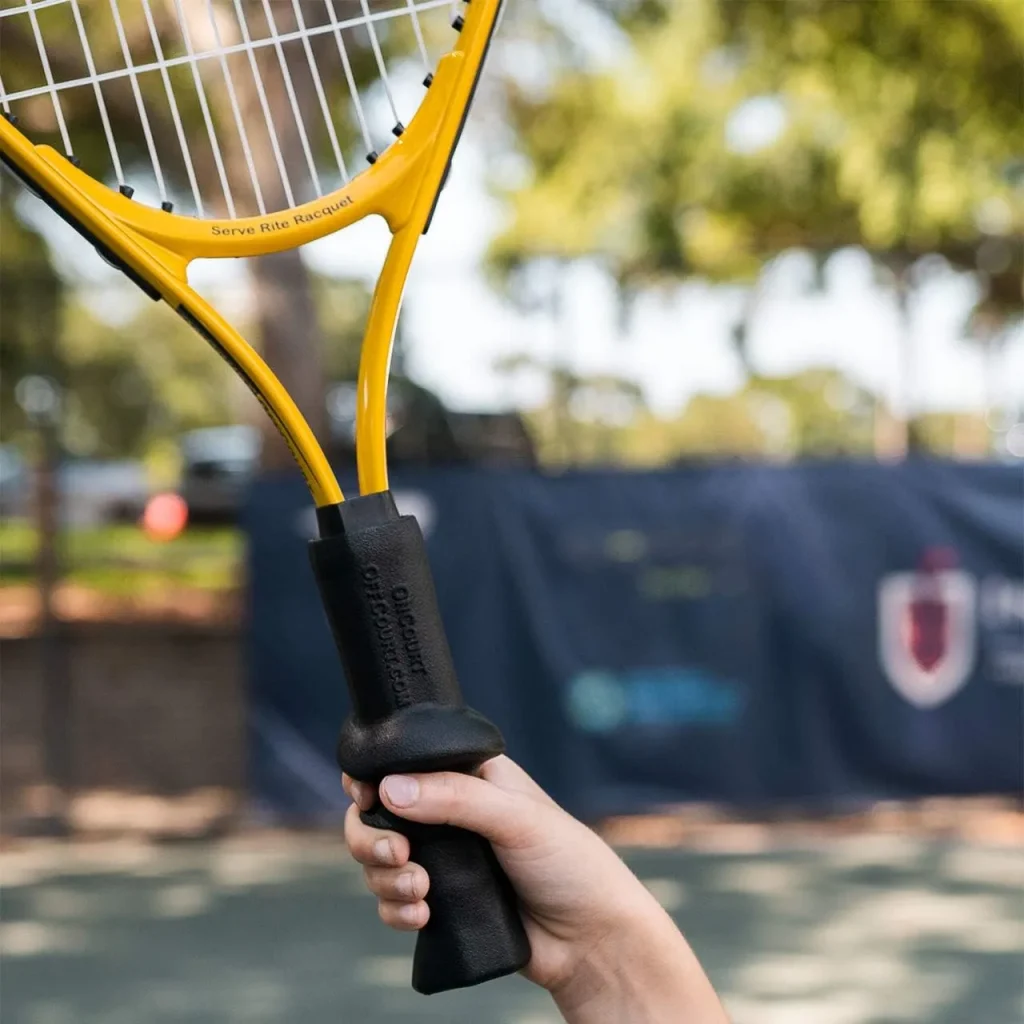
Oncourt Offcourt Serve Rite Racquet
This training racquet assists players in mastering the Continental Grip, a fundamental aspect of executing a successful kick serves. Its design promotes proper grip technique in minutes.
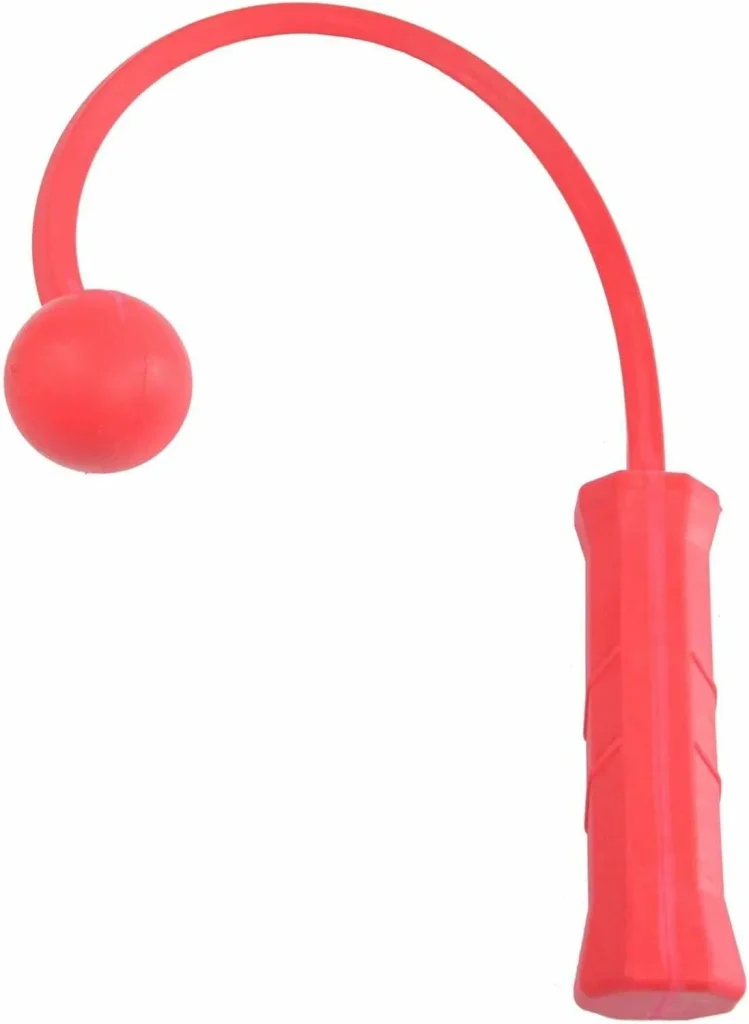
The Total Serve ServeMaster Trainer
A versatile training tool that acts as a flexible racquet, helping players develop the correct swing path and rhythm essential for a powerful and controlled serve.
Incorporating these products into your training regimen can significantly enhance your kick serve technique, providing the spin, control, and power needed to elevate your game.
Common Mistakes and How to Fix Them
1. Tossing Too Far Forward
- Issue: If the toss is too far in front, it forces a flat or slice serve instead of a kick serve.
- Fix: Toss slightly behind your head to allow for an upward brushing motion. Practice toss placement separately to ensure consistency.
2. Lack of Racquet Head Speed
- Issue: Slow racquet speed reduces the amount of spin and bounce on your serve.
- Fix: Accelerate your racquet and focus on brushing up the ball rather than hitting through it. Use shadow swings and practice exaggerated wrist action to build speed.
3. Incorrect Grip
- Issue: Using a forehand grip instead of the continental or eastern backhand grip limits topspin production.
- Fix: Adjust to the correct grip and get comfortable with it before attempting full serves. Holding the racquet loosely helps improve wrist action and spin.
4. Poor Follow-Through
- Issue: Stopping the swing too early limits spin and consistency.
- Fix: Always finish high with your racquet following through naturally. Avoid abrupt stops and allow for a full motion that extends upwards and slightly left.
5. Not Engaging the Legs Enough
- Issue: A weak leg drive results in less height and spin.
- Fix: Focus on bending your knees and pushing off the ground. Strengthen your legs with plyometric exercises to enhance power and bounce.
FAQs
Is the kick serve hard to learn?
Yes, it requires practice and proper technique, but with the right guidance, anyone can develop a reliable kick serve.
Can beginners use a kick serve?
Absolutely! While it may take time, focusing on the fundamentals will help beginners add this valuable skill to their game.
How do I get more spin on my kick serve?
Use the correct grip, toss placement, and brushing motion to generate more spin.
Why does my kick serve not bounce high?
Your toss might be too far forward, or you’re not brushing up on the ball enough. Adjusting these factors will help increase bounce.
What’s the best way to practice a kick serve?
Start slow, focusing on toss placement and racquet motion, then gradually increase speed and consistency.
Conclusion
The kick serve is a game-changer that can enhance your serve strategy and keep opponents guessing. By mastering the grip, toss, and brushing motion, you’ll develop a serve that is both reliable and difficult to return.
Start practicing these steps today, and soon, your tennis kick serve will be a powerful weapon on the court!
